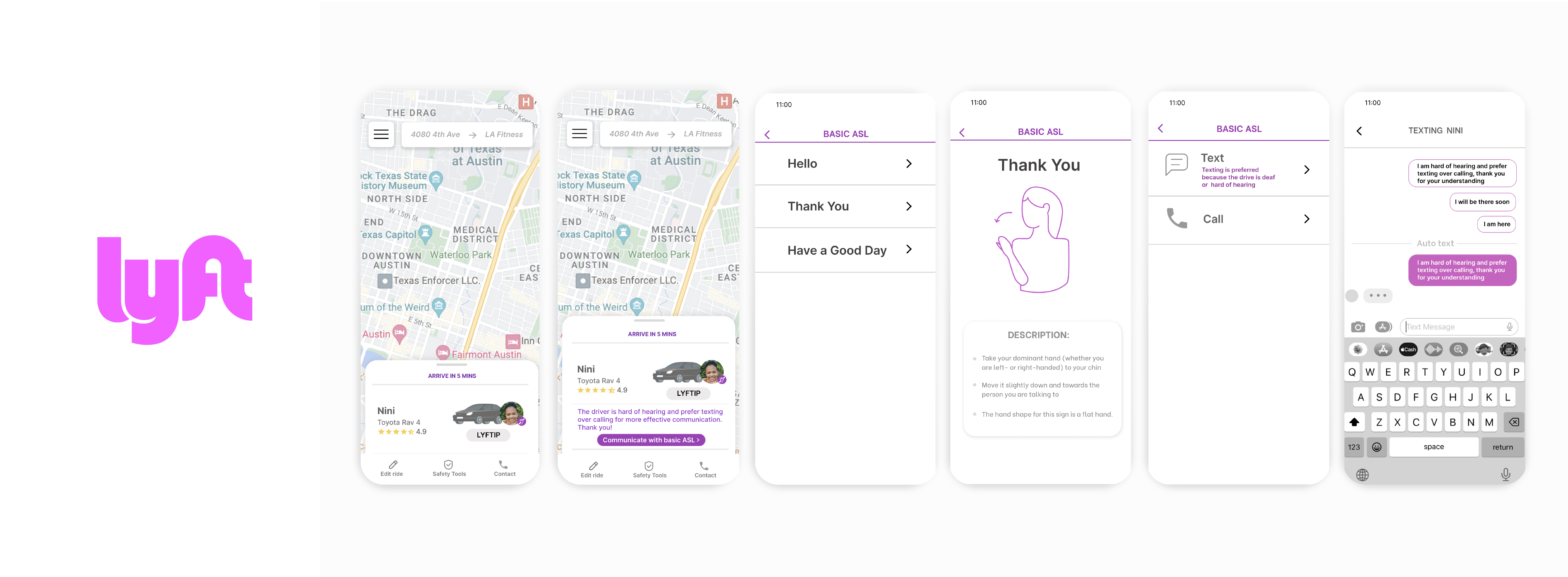
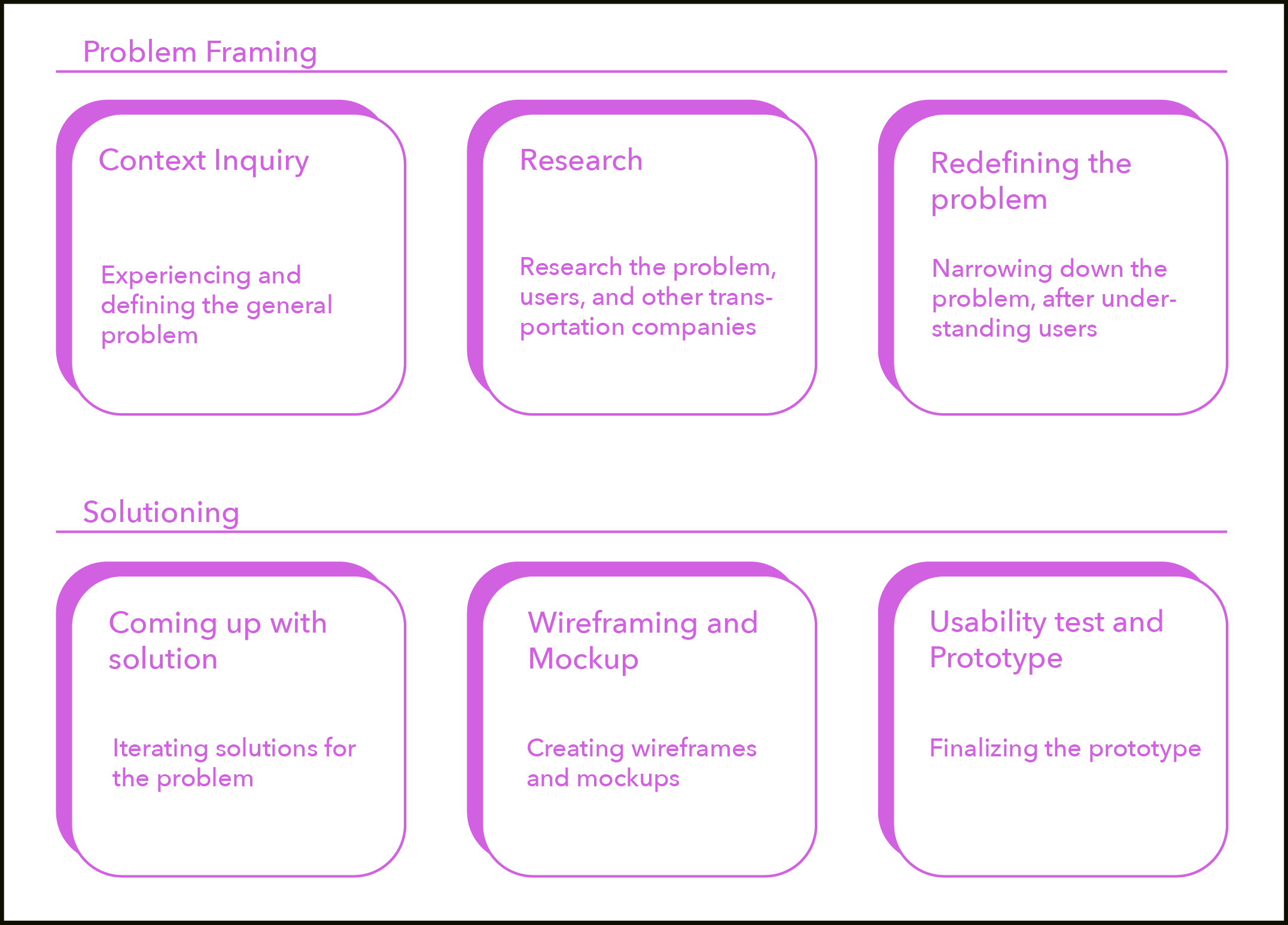
1. The SMS notification to let the riders know that the driver is deaf or hard of hearing is not effective, and people usually multitask while waiting for the driver to arrive instead of checking a text message
2. Stating the driver's preference of texting instead of calling in the SMS notification can be overlooked easily by the riders, causing ineffective communication
3. The auto-text messages are not developed to better assist drivers with hearing loss or hard of hearing, such as not including useful statements
Communication between drivers and riders is very important. There are circumstances where they need to communicate fast and effectively but the feature on Lyft does not full accelerate the communication between them.
- Lyft or other tech transportation company are not upgrading features to assist people with disabilities or people with hearing loss as regularly as other features supporting other groups of user
- The latest feature update on Lyft mobil app is 2023, compared to the latest update on feature assisting people with hearing loss or hard of hearing is 2017
Source:
1. Accessibility features for drivers
2. Impowering Lyft’s Deaf and Hard-of-Hearing Community
3. Driver's Guide to Understanding the Lyft Driver App Updated 2023
Lyft has great accessibilities to support drivers but not drivers with hard of hearing. Also, it supports riders with hard of hearing or other disabilities and not the drivers.
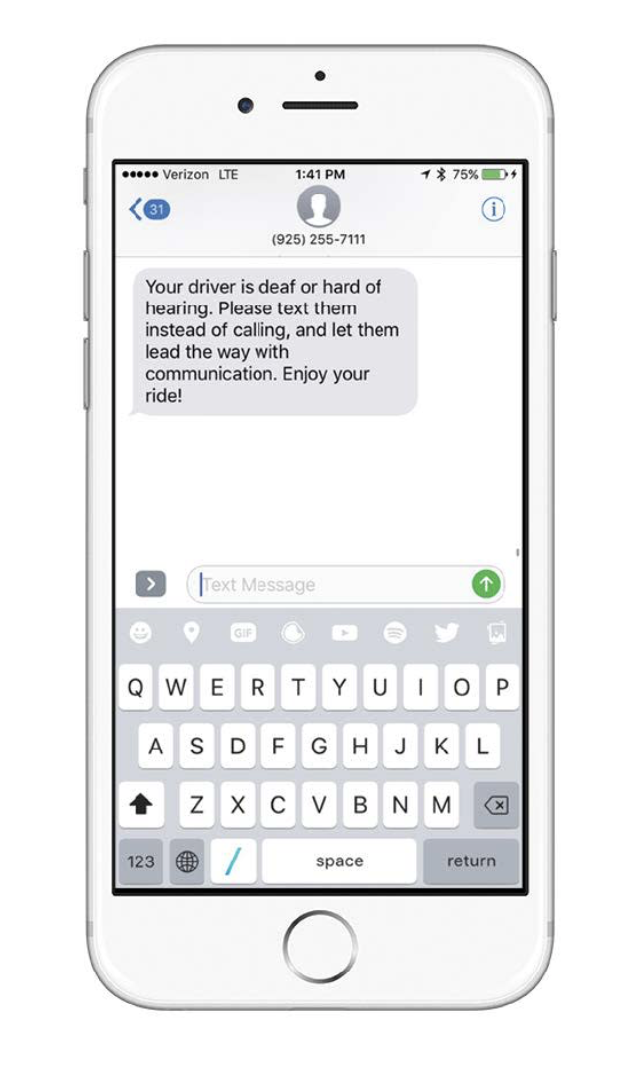
- Let riders know that their driver is deaf or hard of hearing before their Lyft arrives through an SMS notification
- Passengers will be alerted to contact their driver by text rather than by phone
-People are usually multitasking while waiting for their driver to come, so it is likely that they can miss the text message or disregard it
-The text is quite long and not noticeable
The feature of texting is still inconvenient for drivers who are deaf or hard of hearing, because they need to type, which is difficult to do while driving
Came across the comment section of an ASL tutorial video, in which most of the comments are from riders having deaf drivers and wanted to say thank you. The rest of them are from people wanting to communicate with deaf people they encounter in their daily lives.
The lack of this can make the experience of both riders and drivers less pleasant because saying "Thank You" is basic etiquette and crucial to end the experience on a high note.
Source:
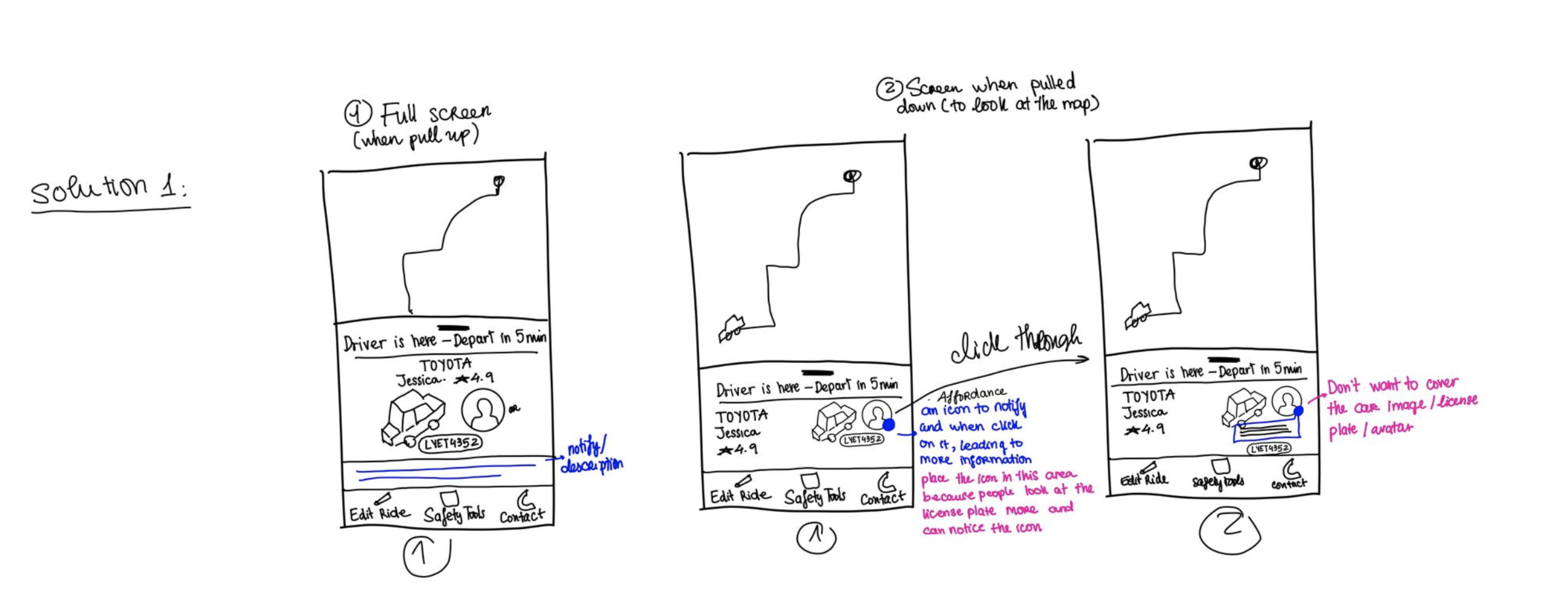
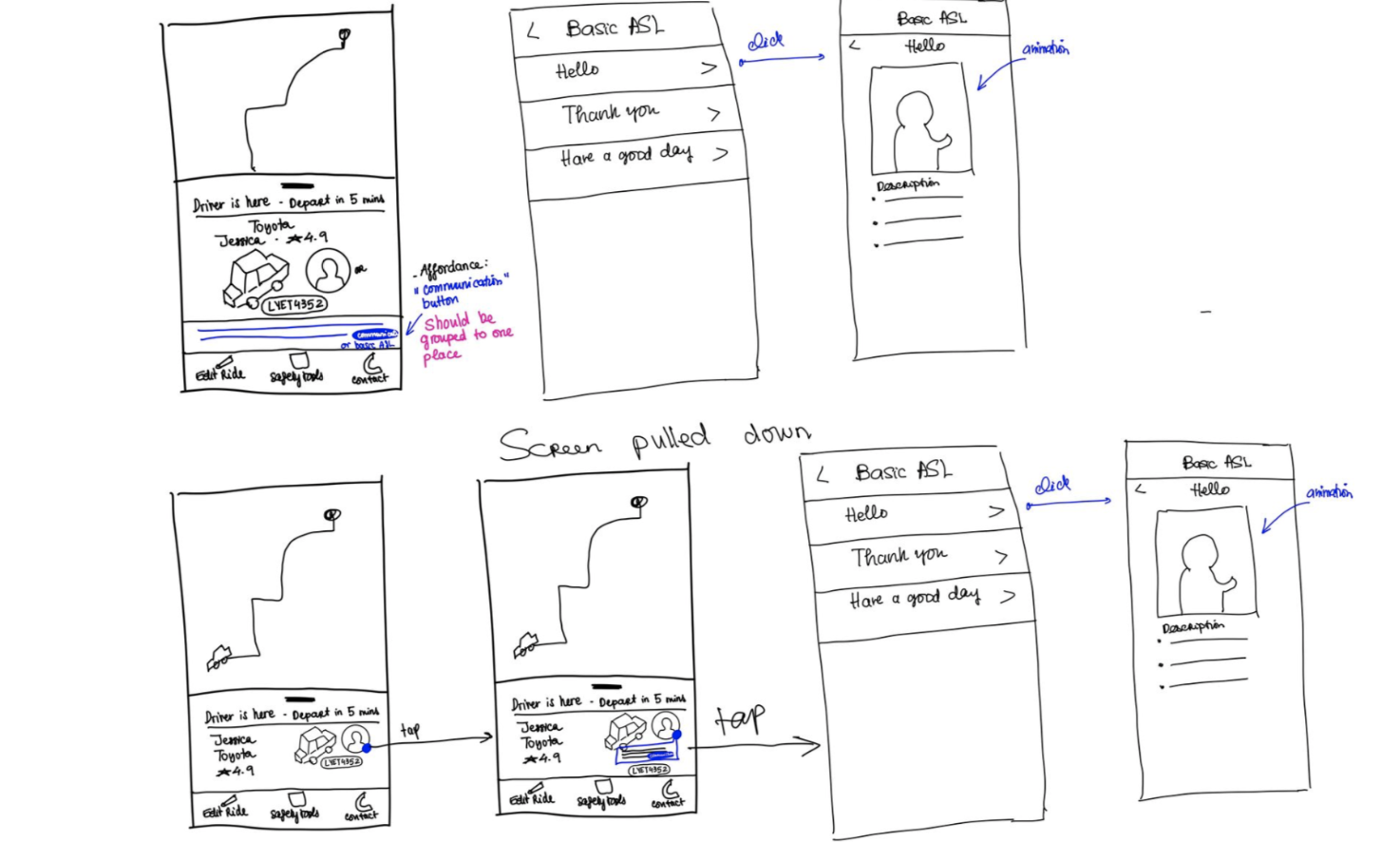
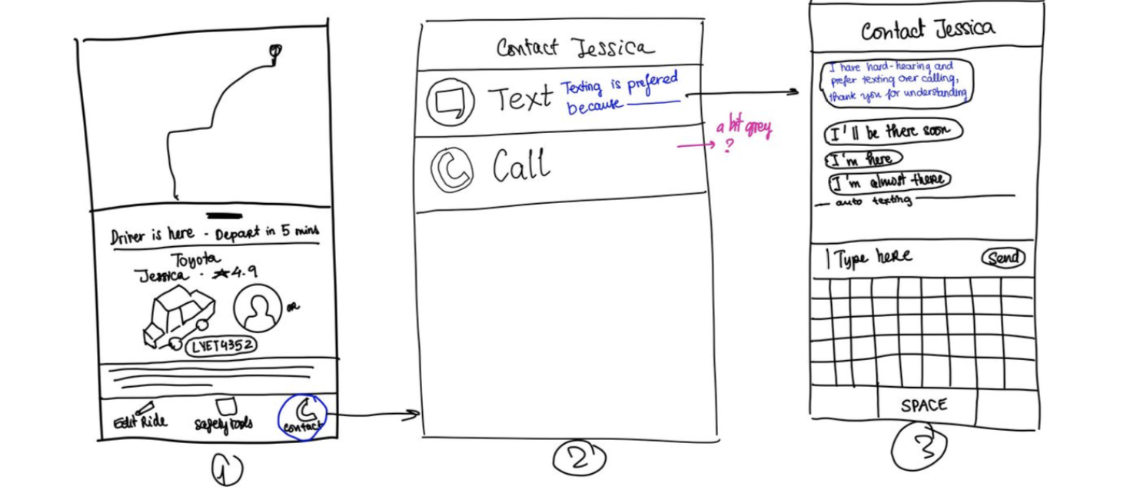
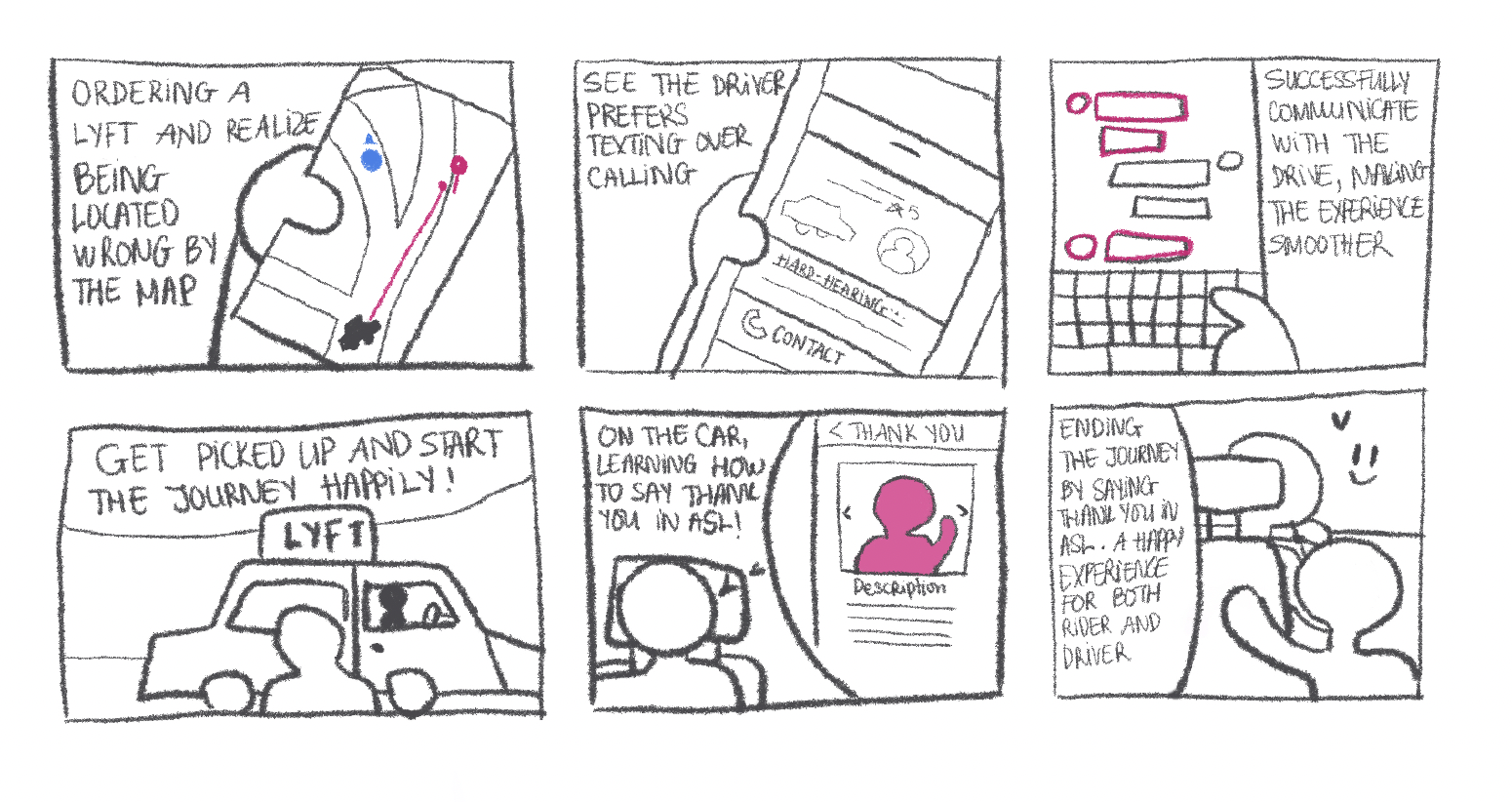
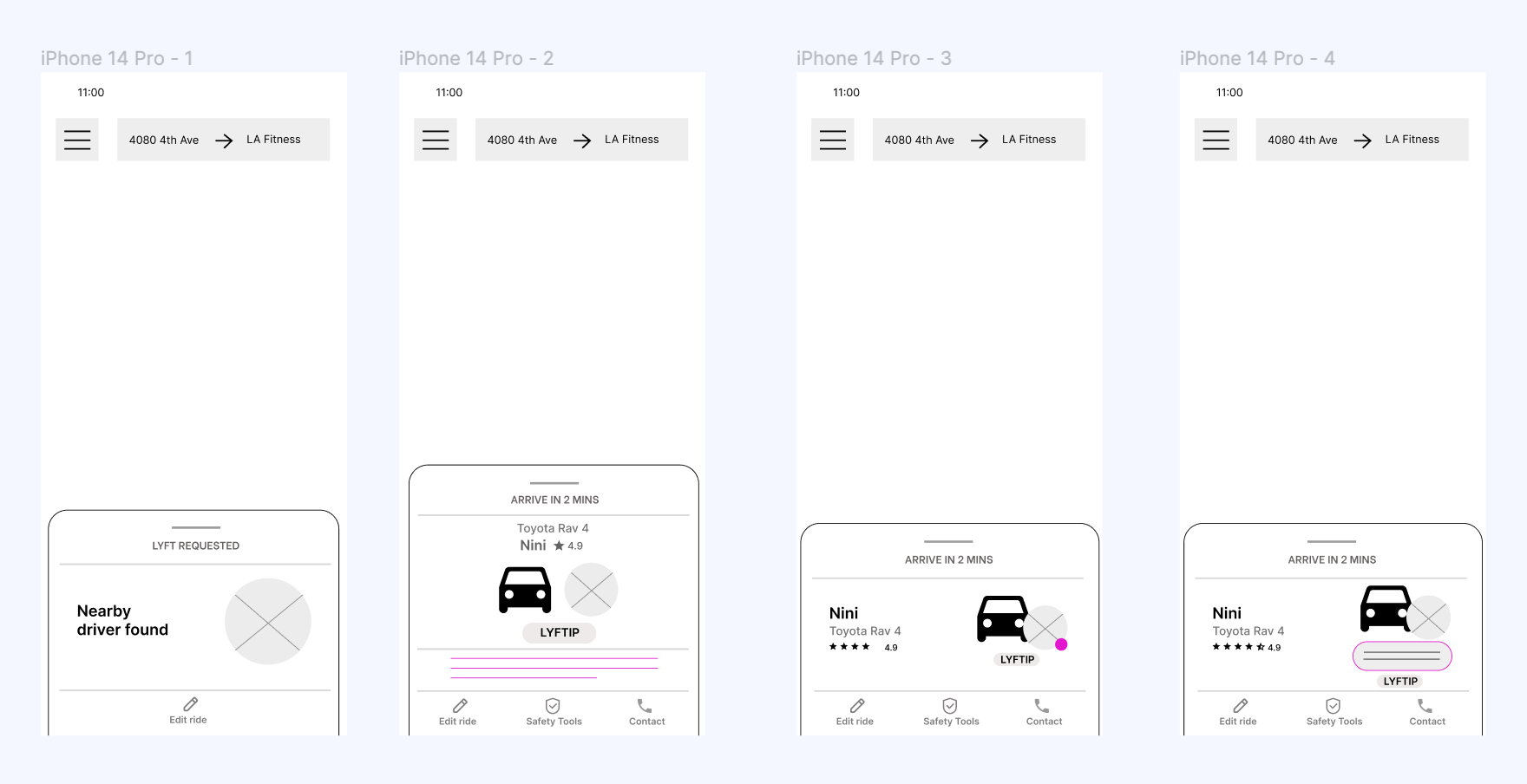
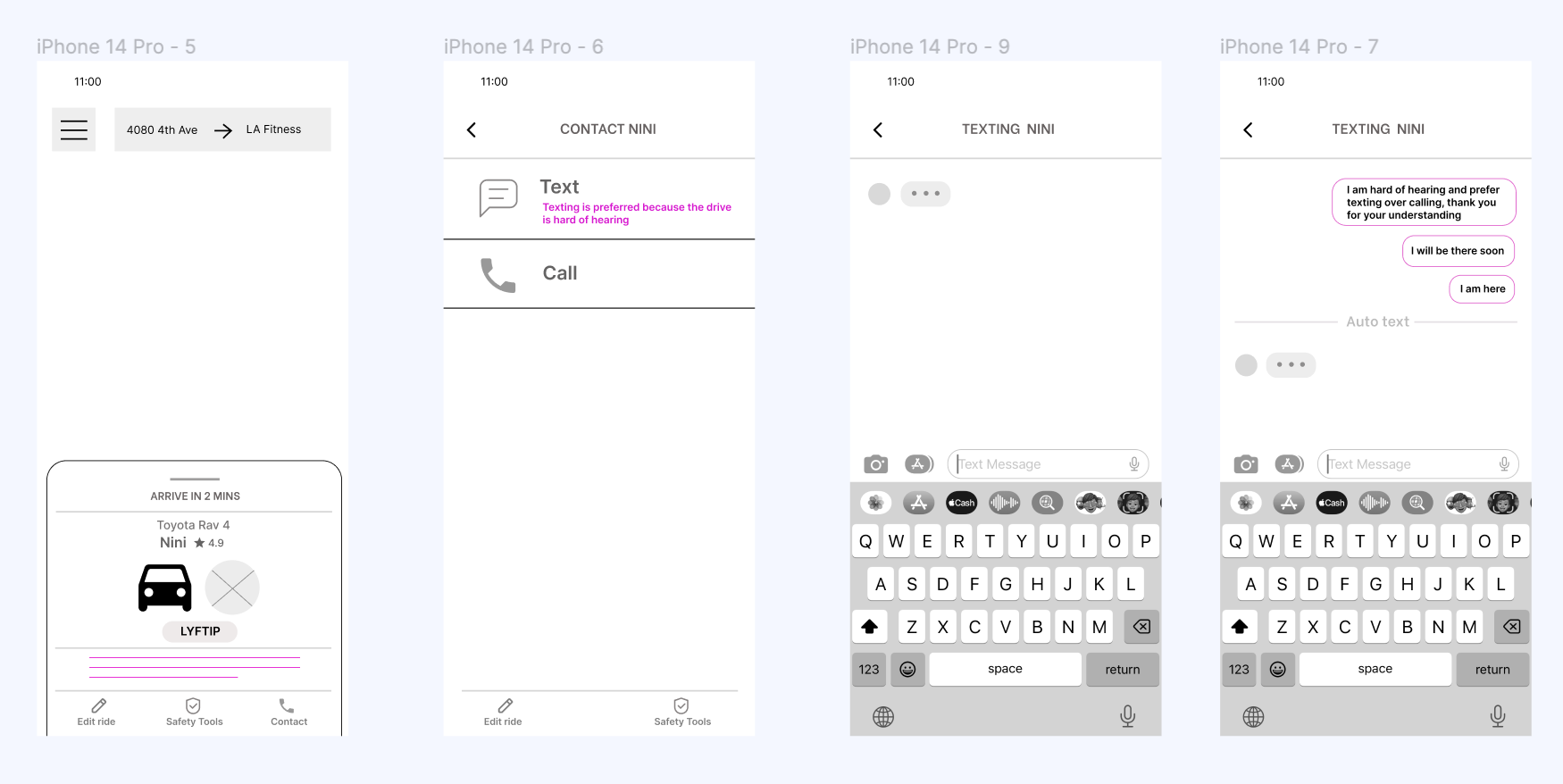
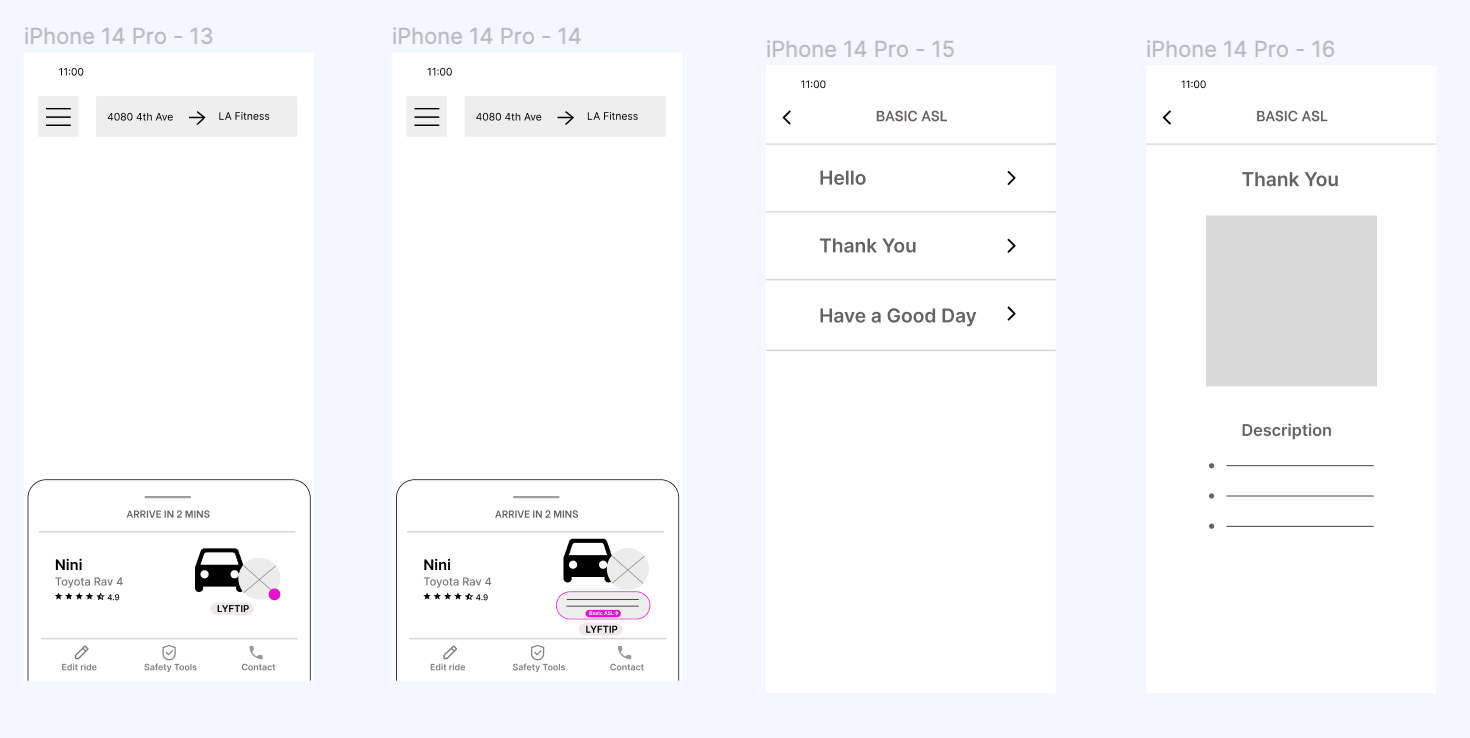

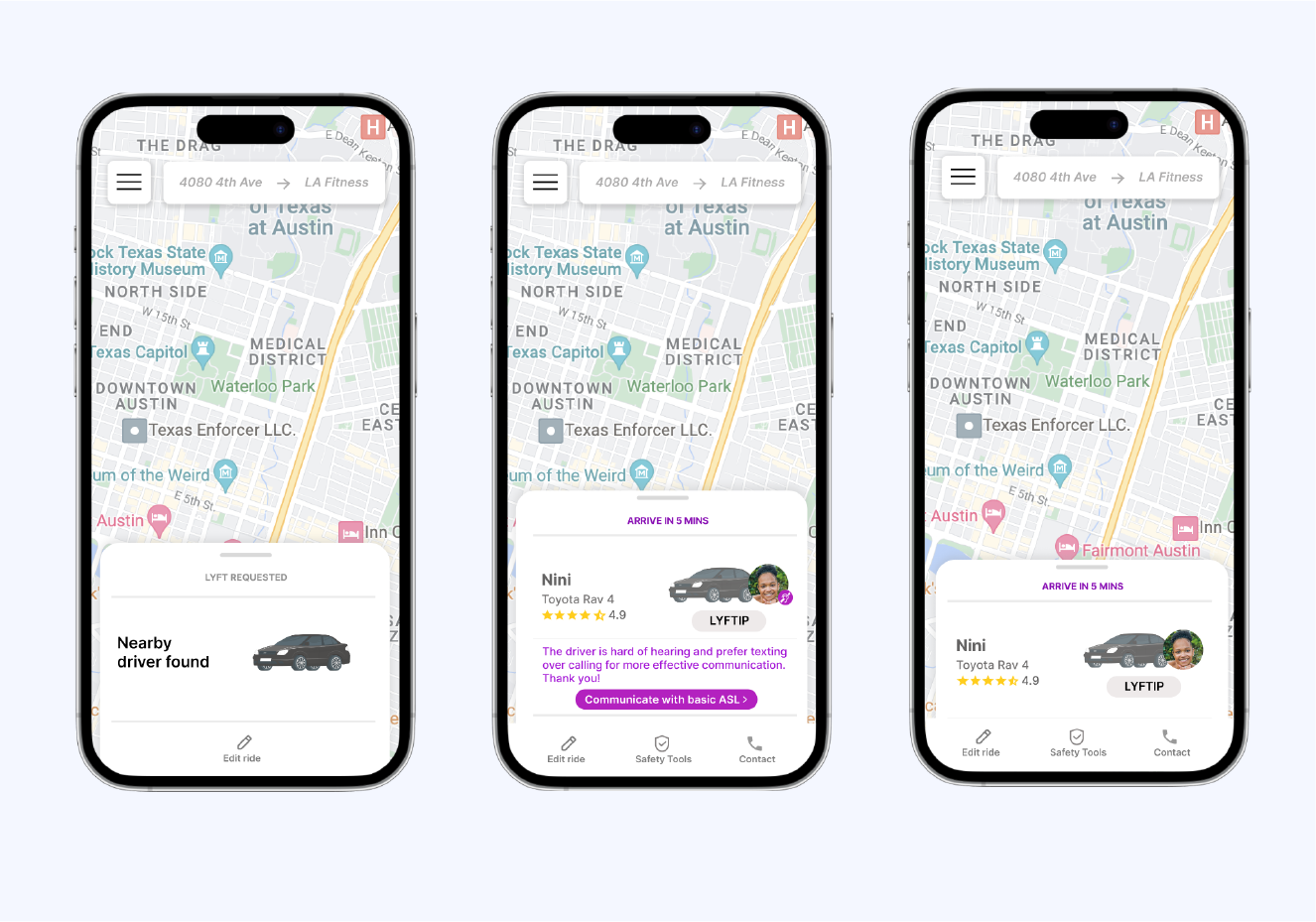
Finally, I went with the idea of having a statement under the driver’s information at then end.
To further explain, the statement will be optional to the driver to turn on or off. Also, adding this is important because as same as adding pronouns to our names, it includes different groups of drivers and being froward as drivers do not need to constantly sign that they are deaf or have hard of hearing every time they start a new ride.
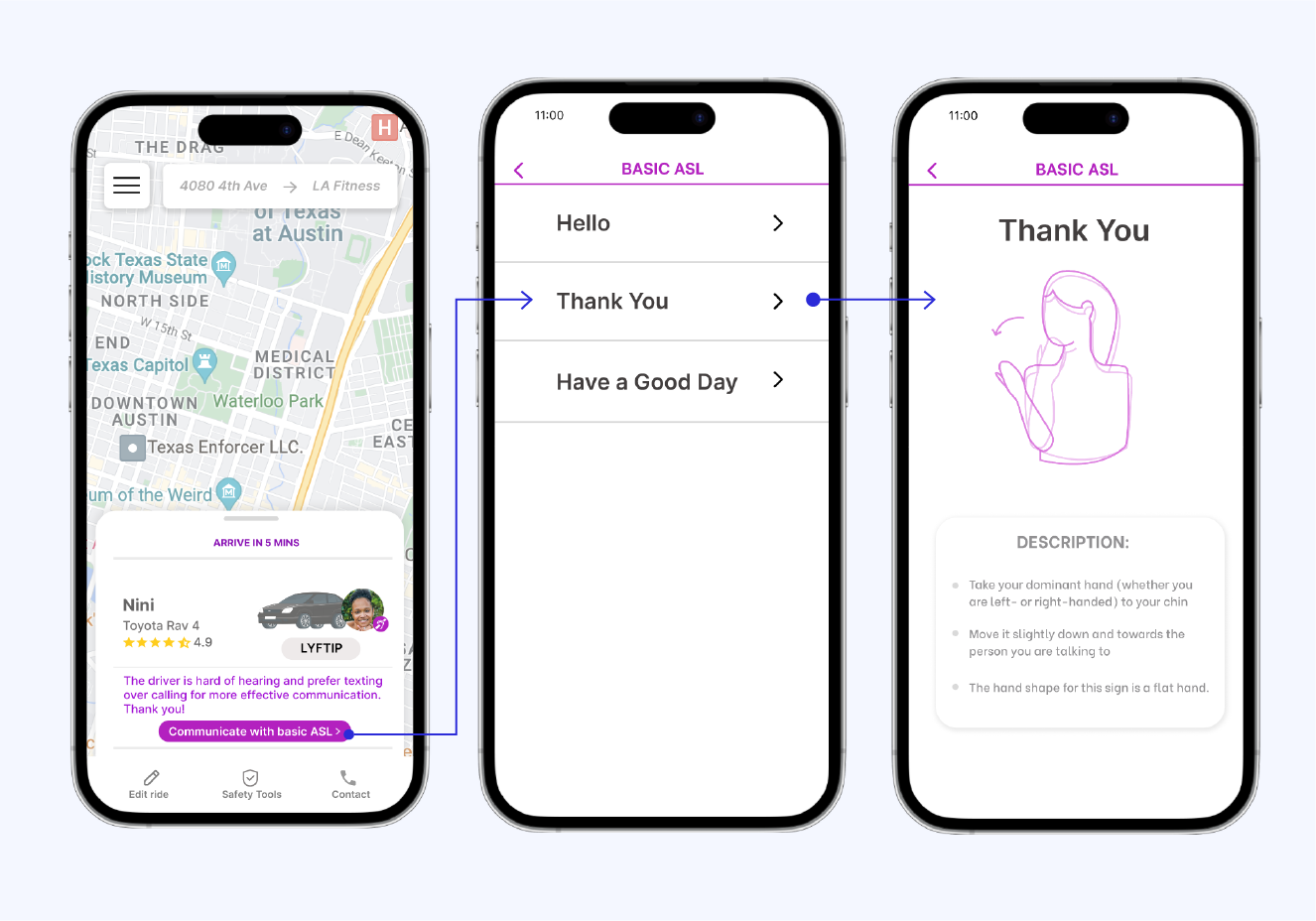
Including ASL tutorials
Greeting before the ride or saying thank you before ending the ride are essential and important to start and end the experience on a high note. Both riders and drivers need it to show proper etiquette. It is like a basic routine that every group of users needs to express their politeness and appreciation towards each other, and no group of users should be left out of this routine.
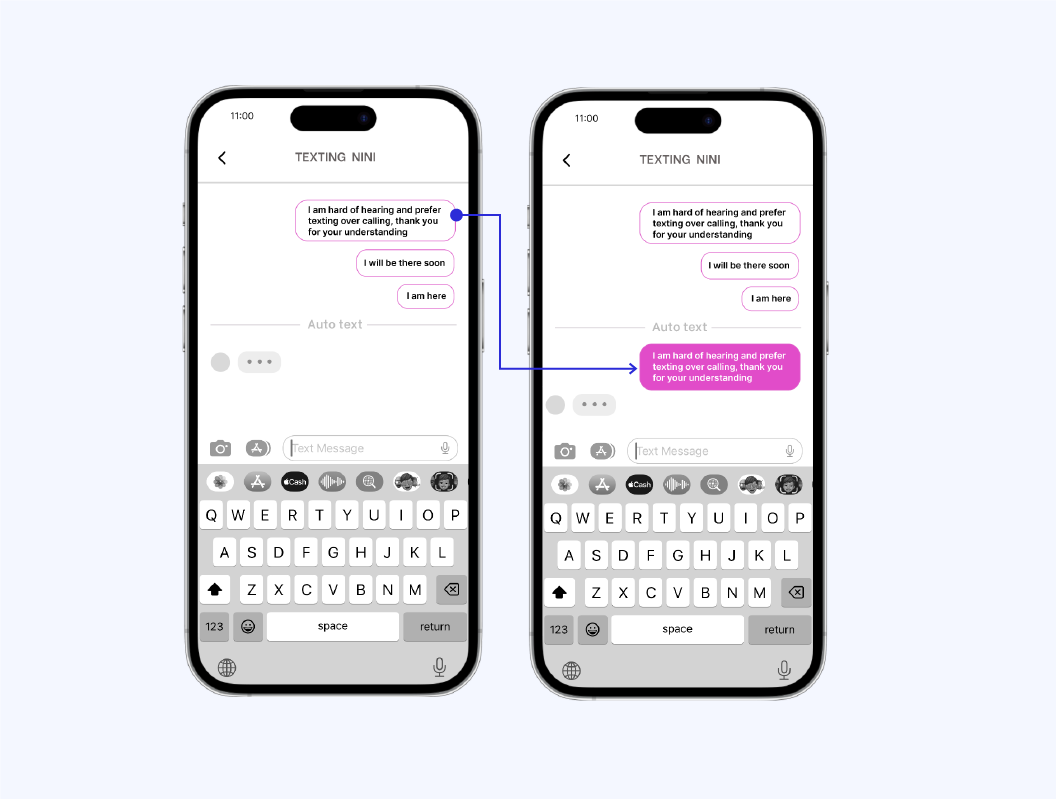
Texting is the only option to communicate used by this group of drivers, but it is not maximized in its function. The system should add more functional phrases such as “I prefer texting over calling because of hard of hear or deaf” in case riders missed the statement and keep calling, so that they do not need to type the sentences regularly used while driving to the destination.
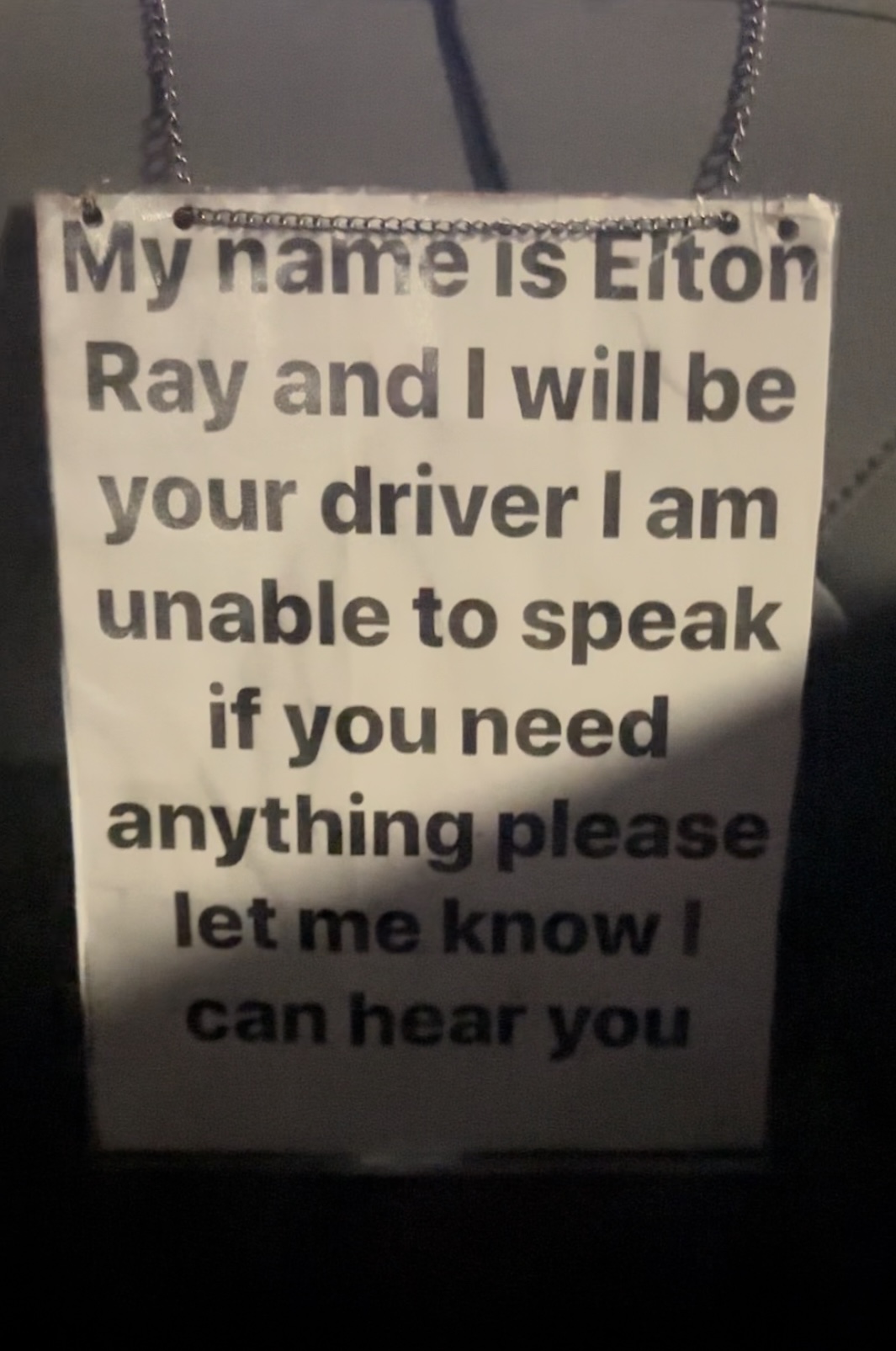
This is a design I got inspired by my own experience riding with a driver who is deaf. I realize the app lacks support for this group of drivers and needs an upgrade on their accessibility to make the experience of every driver more effective and smooth.
I saw the potential and decided to do more research and design some solutions.
If I have more time, I will definitely ask for feedback from people around or fellow designers. Also, if I have a chance, I will run a usability test with drivers or people who are deaf, hard of hearing, or non-verbal to get feedback and adjust my design.